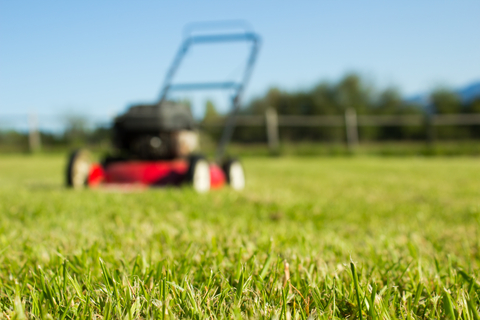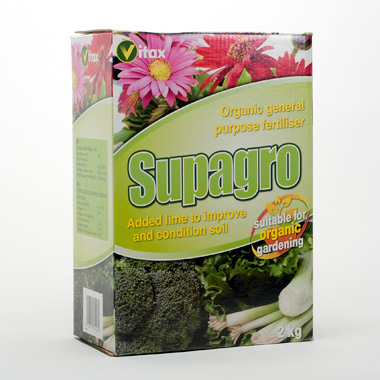Have you noticed that the Christmas break has left you and your lawn not looking its best?! Is your garden suffering from waterlogged or frozen turf? If so, there are a few simple things you can do to improve the situation.
While rainfall is usually celebrated by gardeners, too much of it can saturate and waterlog a lawn, causing fine grasses to turn yellow and die out. Thankfully, there are several things you can do to help prevent waterlogging and ensure a vibrant, healthy garden all year round.
Firstly, it’s useful to understand what actually is a waterlogged lawn?
A waterlogged lawn is one where water sits on the surface and drains away slowly or not at all. It is most likely in areas which have clay or heavily compacted soils, but can also be present where soil has not been properly prepared before turfing or seeding. Easy to spot, waterlogged lawns will either have highly visible patches of water or soil-coloured puddles, or feel very squelchy underfoot.
What problems can it cause?
Lichens, algae and liverworts thrive in damp conditions, and can grow rapidly on lawns which are poorly drained or those which have not been aerated. Moss also favours damp environments (particularly where there is shade and acidic soil), and rush can seed itself to form tussocks. Fine lawn grasses on the other hand will die in such conditions, as the roots drown.
Bad drainage
Another reason for a waterlogged garden could be bad drainage. Clay soil does not drain water as easily as sandy soil. Compacted soil too does not allow water to drain away, leading to a waterlogged garden. If the soil in your garden is clay you need to take steps to drain the water by installing drains or pricking, slitting, and spiking. If the soil has become compacted, then you need to first stop walking on it as this will compact it further.
What to do?
When the standing water has gone, aerate the lawn with a garden fork or aerator. A hollow-tine fork is the best thing to use, as it removes tiny plugs of soil. If your flooded lawn is a very rare occurrence, then this may be all the treatment necessary. Aerate twice a year to prevent further waterlogging. Filling the holes with horticultural sand will also help.
A word of caution is however needed. Pulling those plugs also pulls up soil containing weed seeds and may increase the weed population of your lawn which in turn may result in you needing to use weed-killers. So only aerate if you really need to. If your lawn doesn’t get a lot of use or your soil is sandy, it probably doesn’t need aeration. Fertilize and water well first and only if the growth remains poor consider aeration.
Its also important to treat damp soils and dead patches of grass with moss killer as soon as possible, as these areas can quickly become breeding grounds for moss. Applying a quality fertiliser to your grass in spring will then help it to recover from any winter damage, and encourage better growth in the root system, increasing its ability to survive flooding (and drought!). Using a phosphorus-rich lawn feed in the autumn will help to reinforce these actions and prepare your lawn for the winter. The best time to feed is right after aeration.




